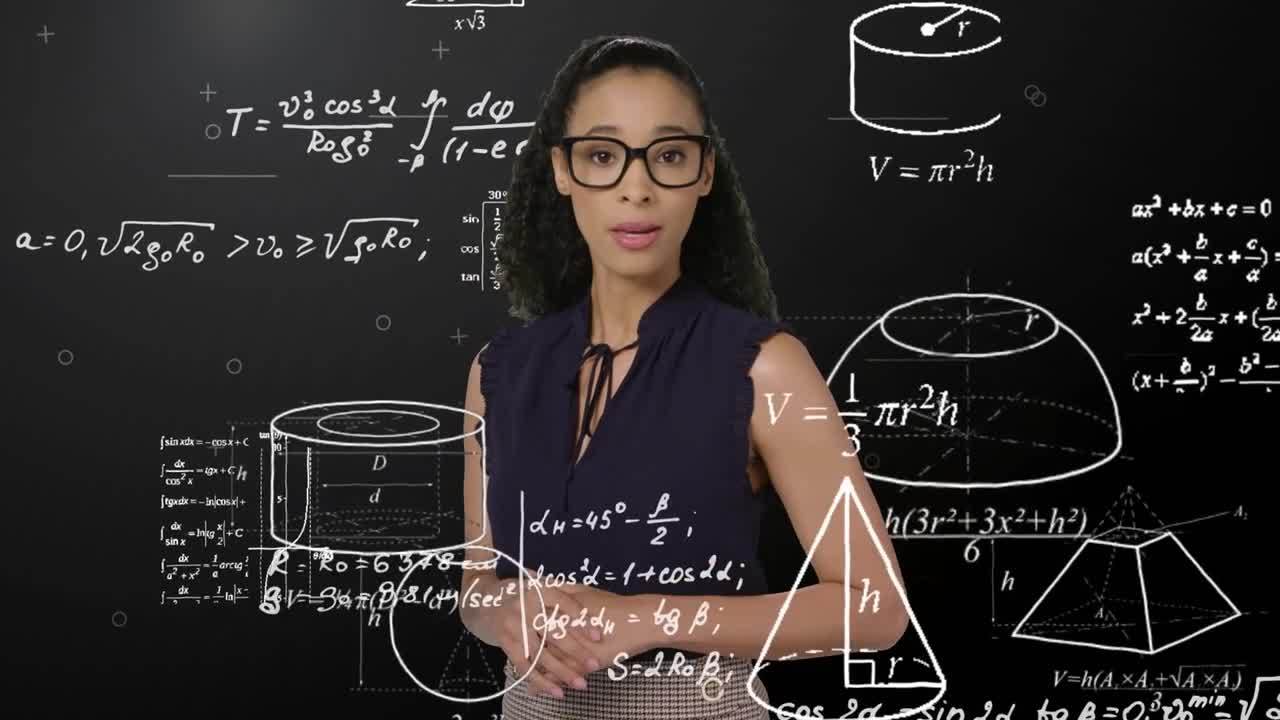How Does Query Intent Classification Work?
How query intent classification uses machine learning, deep learning, and other AI techniques to figure out what users mean.

So far our second season of Lucidworks has looked at NLP vs NLU, Learning to Rank, and the advent of neural IR search. This week, we’re jumping into query intent classification.
If I am shopping online for a shovel, there’s a big difference in my search results if I’m search for a garden shovel in the summer or a snow shovel in the winter. How does the search engine know what I mean?

Older search systems would use a big long list of manually inputted rules and logic to decide that if it’s winter time then show the user snow shovels and if it’s summer then maybe a gardening trowel or sand bucket and shovel for the beach. But when you have thousands or millions of products this can get unwieldy fast.

Query intent classification starts with a set of training data, which is a list of queries from users and important context like the user’s location and date it was when they clicked on a particular type of shovel. This data gets fed into your neural network for analysis and deep learning. Then the next time a similar user with a similar history and similar location starts a search, the system will automatically boost the intended results. This is one way neural networks help avoid hand-constructing rules, complex algorithms, potential human error, and overall headaches.
You can binge-watch all of season two or jump on back to watch season one.
Subscribe to the Lucid Thoughts channel and be sure to leave your questions and comments on each video.
LEARN MORE
Contact us today to learn how Lucidworks can help your team create powerful search and discovery applications for your customers and employees.